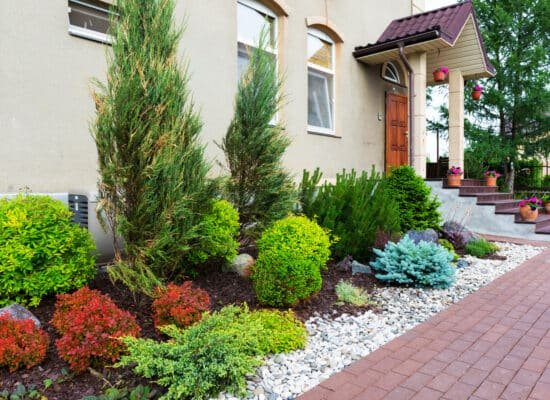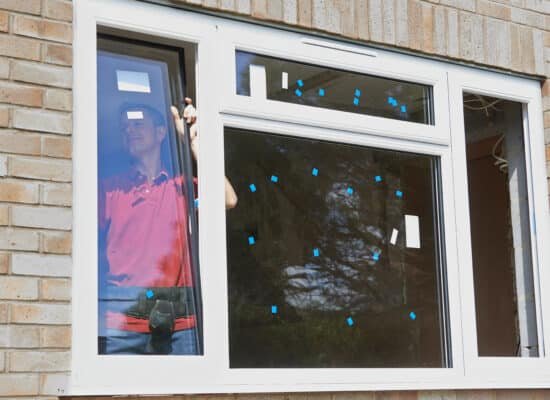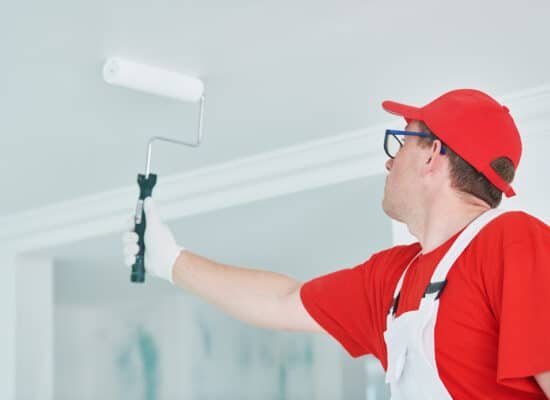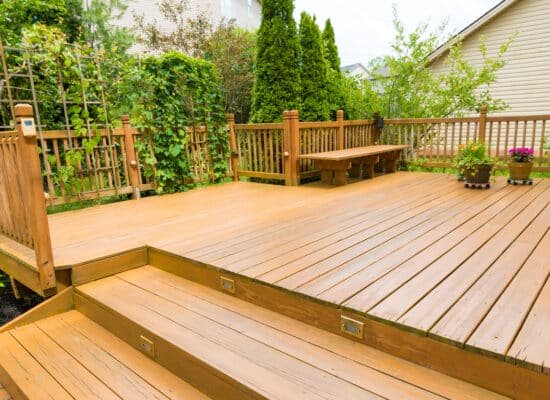Creating a small outdoor kitchen can be a great way to enhance your outdoor living space and add value to your home. Whether you’re a seasoned DIY enthusiast or just starting out, building an outdoor kitchen can be a fun and rewarding project. With the right planning and execution, you can create a functional and stylish outdoor cooking and entertaining area that will be the envy of your friends and family.
Table Of Content
- DIY Small Outdoor Kitchen: Create Your Own Outdoor Cooking Space
- Choosing the Right Location for Your Outdoor Kitchen
- Designing Your Small Outdoor Kitchen Layout
- Selecting Materials for Your Small Outdoor Kitchen
- Installing Appliances and Fixtures
- Adding Finishing Touches to Your Outdoor Kitchen
- Maintaining Your Outdoor Kitchen
DIY Small Outdoor Kitchen: Create Your Own Outdoor Cooking Space
When it comes to designing a small outdoor kitchen, there are several key factors to consider, including the location, layout, materials, appliances, and finishing touches. In this article, we will explore each of these aspects in detail, providing you with the information and inspiration you need to plan and build your own DIY small outdoor kitchen. From choosing the right location for your outdoor kitchen to maintaining it for years to come, we’ll cover everything you need to know to create the perfect outdoor cooking and entertaining space.
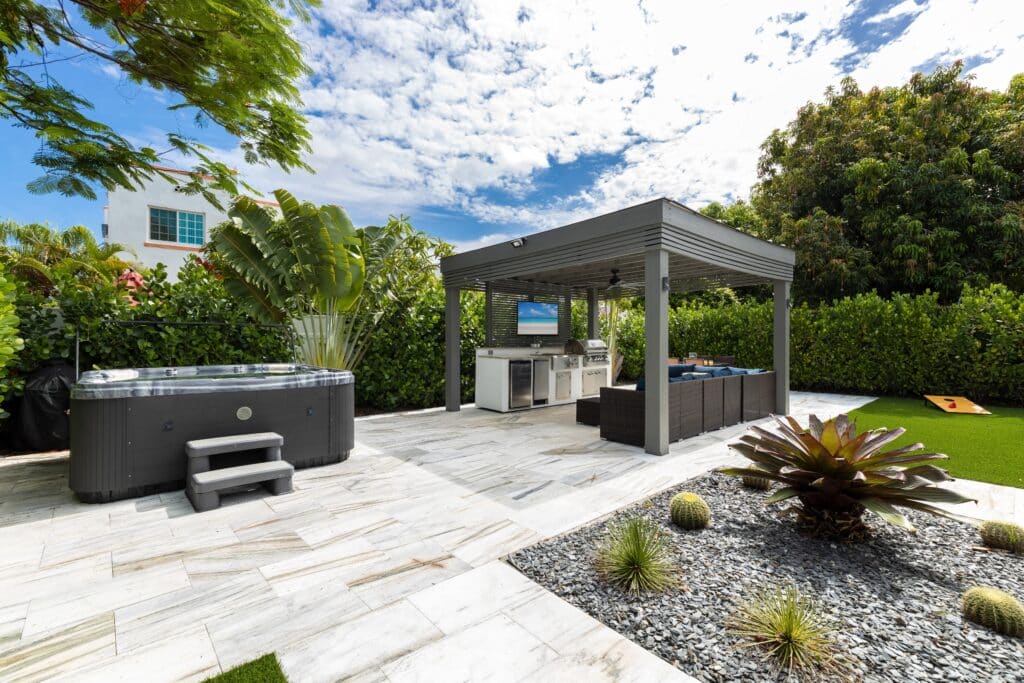
Choosing the Right Location for Your Outdoor Kitchen
The first step in planning your small outdoor kitchen is to choose the right location for it. When selecting a spot for your outdoor kitchen, consider factors such as proximity to your indoor kitchen, prevailing wind direction, sun exposure, and views. You’ll also want to think about how the space will be used and how it will flow with the rest of your outdoor living area.
If you plan to do a lot of cooking and entertaining in your outdoor kitchen, you’ll want it to be close to your indoor kitchen for easy access to supplies and ingredients. You’ll also want to consider the prevailing wind direction to ensure that smoke and cooking odors are carried away from your outdoor living space. Additionally, think about sun exposure and views when choosing the location for your outdoor kitchen. You may want to position it to take advantage of beautiful views or to provide shade during the hottest parts of the day.
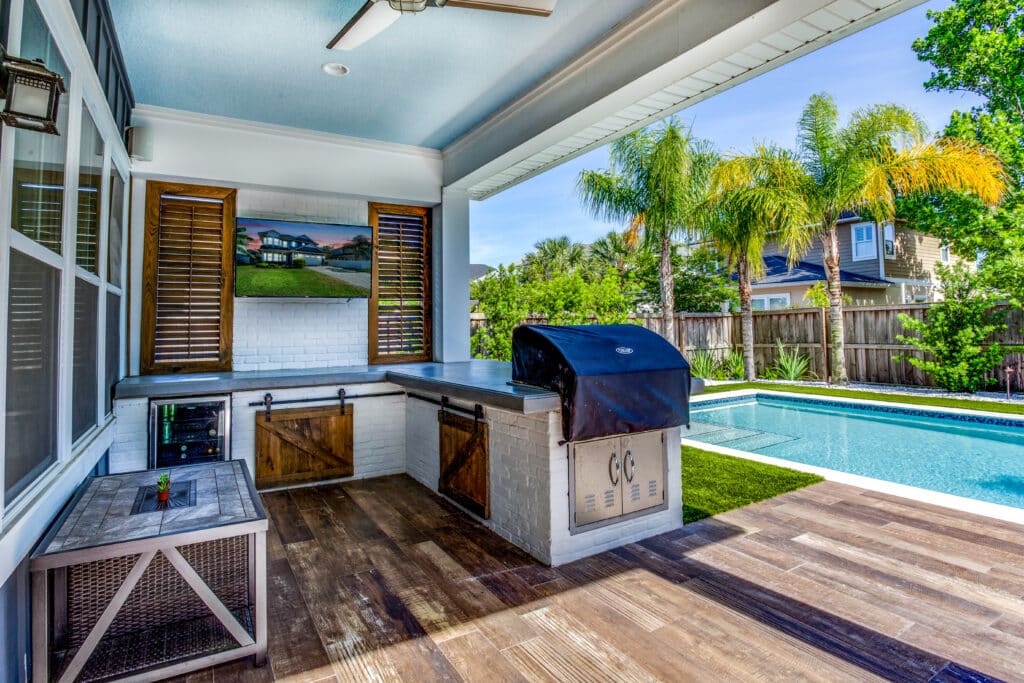
Designing Your Small Outdoor Kitchen Layout
Once you’ve chosen the location for your outdoor small kitchen, it’s time to start thinking about the layout. The layout of your outdoor kitchen will depend on factors such as the size and shape of the space, as well as how you plan to use it. When designing the layout, consider the flow of the space and how you will move between different areas, such as the cooking area, prep area, and dining area.
When designing the layout of your outdoor kitchen, it’s important to create a functional and efficient space that makes cooking and entertaining easy and enjoyable. Consider creating distinct zones for cooking, prepping, and serving, and think about how these areas will work together. You’ll also want to consider factors such as storage, seating, and lighting when designing the layout of your outdoor kitchen.
Selecting Materials for Your Small Outdoor Kitchen
| Material | Pros | Cons |
| Stainless Steel | Durable, easy to clean, modern look | Can show fingerprints, may scratch |
| Concrete | Customizable, heat resistant, long-lasting | Prone to cracking, heavy |
| Tile | Wide variety of designs, easy to clean | Grout can stain, tiles can chip |
| Stone | Natural look, durable, heat resistant | It may require sealing, and can be expensive |
Choosing the right materials for your small outdoor kitchen is essential for creating a durable and stylish space that will stand up to the elements. When selecting materials for your outdoor kitchen, consider factors such as durability, maintenance, and style. You’ll want to choose materials that are weather-resistant and easy to clean, as well as materials that complement the style of your home and outdoor living space.
When it comes to selecting materials for your outdoor kitchen, there are a wide range of options to choose from. For countertops, consider materials such as granite, concrete, or stainless steel, which are durable and easy to clean. For cabinetry and storage, look for materials that are weather-resistant and low-maintenance, such as stainless steel or marine-grade polymer. When selecting flooring materials, choose options that are slip-resistant and easy to clean, such as tile or natural stone.

Installing Appliances and Fixtures
Once you’ve chosen the location, designed the layout, and selected materials for your small outdoor kitchen, it’s time to start thinking about appliances and fixtures. When selecting appliances for your outdoor kitchen, consider factors such as size, fuel type, and features. You’ll also want to think about fixtures such as sinks, faucets, and lighting, which can add functionality and style to your outdoor cooking and entertaining space.
When it comes to appliances for your small outdoor kitchen, there are a wide range of options to choose from, including grills, smokers, pizza ovens, refrigerators, and ice makers. When selecting appliances, consider factors such as how you plan to use the space and how much cooking and entertaining you’ll be doing. You’ll also want to think about fuel type – whether you prefer gas, charcoal, or electric – as well as features such as side burners, rotisseries, and warming drawers.

Adding Finishing Touches to Your Outdoor Kitchen
Once you’ve installed appliances and fixtures in your small outdoor kitchen it’s time to add finishing touches that will enhance the style and functionality of the space. Consider adding elements such as outdoor furniture, shade structures, landscaping, and decor that will make your outdoor kitchen feel like an extension of your indoor living space.
When adding finishing touches to your outdoor kitchen, think about how you plan to use the space and what elements will make it more comfortable and inviting. Consider adding outdoor furniture such as dining sets, lounge chairs, and bar stools that will provide seating for guests. You may also want to add shade structures such as pergolas or umbrellas to provide relief from the sun during the hottest parts of the day. Additionally, consider adding landscaping elements such as potted plants, flowers, and herbs that will add color and fragrance to your outdoor cooking and entertaining area.
Maintaining Your Outdoor Kitchen
Once you’ve completed your small outdoor kitchen, it’s important to maintain it properly to ensure that it stays in good condition for years to come. Regular maintenance tasks for your outdoor kitchen may include cleaning countertops and appliances, checking gas lines and connections, and covering or storing furniture and fixtures during inclement weather.
When it comes to maintaining your outdoor kitchen, regular cleaning is key to keeping it looking great and functioning properly. Clean countertops regularly with a mild soap and water solution, and clean appliances according to the manufacturer’s instructions. Additionally, check gas lines and connections regularly for leaks or damage and have them repaired by a professional if necessary. Finally, cover or store outdoor furniture and fixtures during inclement weather to protect them from damage. With proper maintenance, your small outdoor kitchen will continue to be a beautiful and functional addition to your home for years to come.








